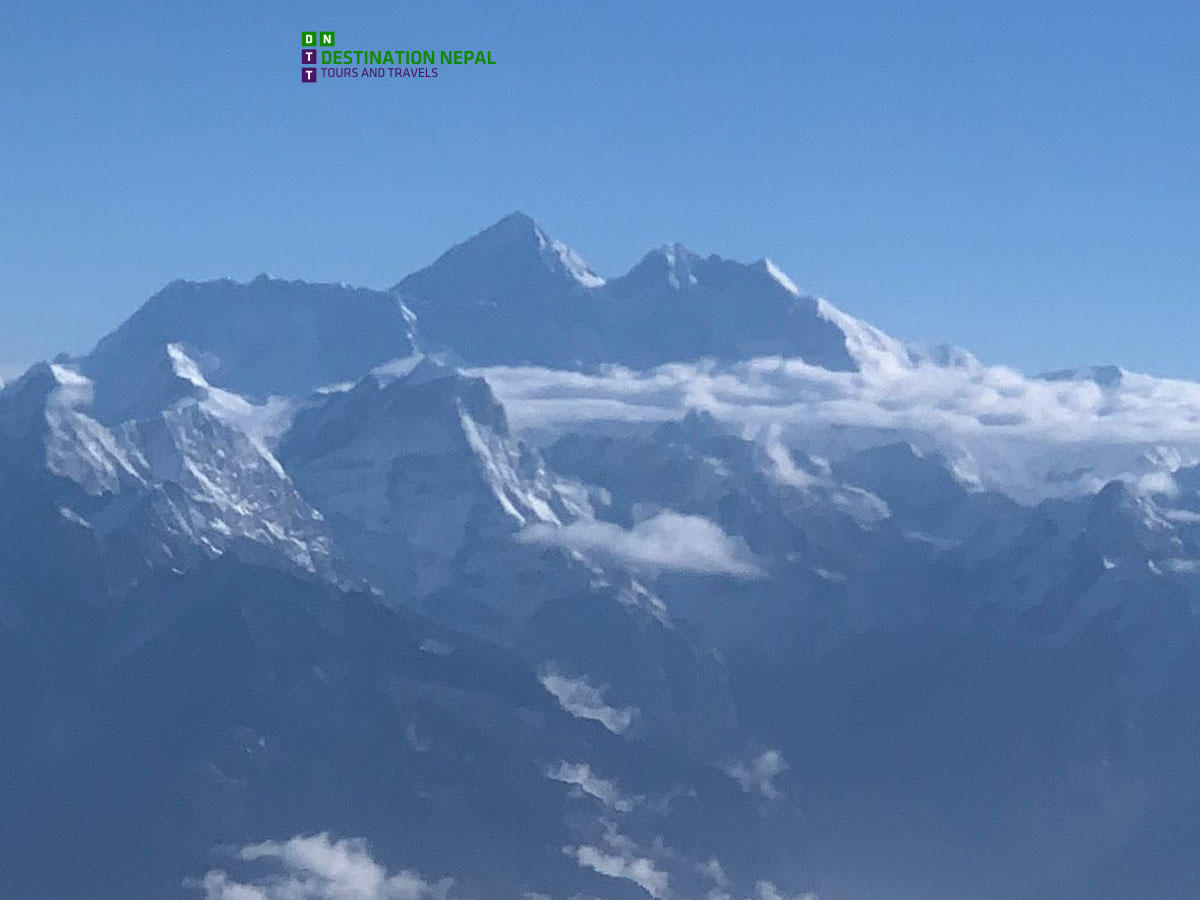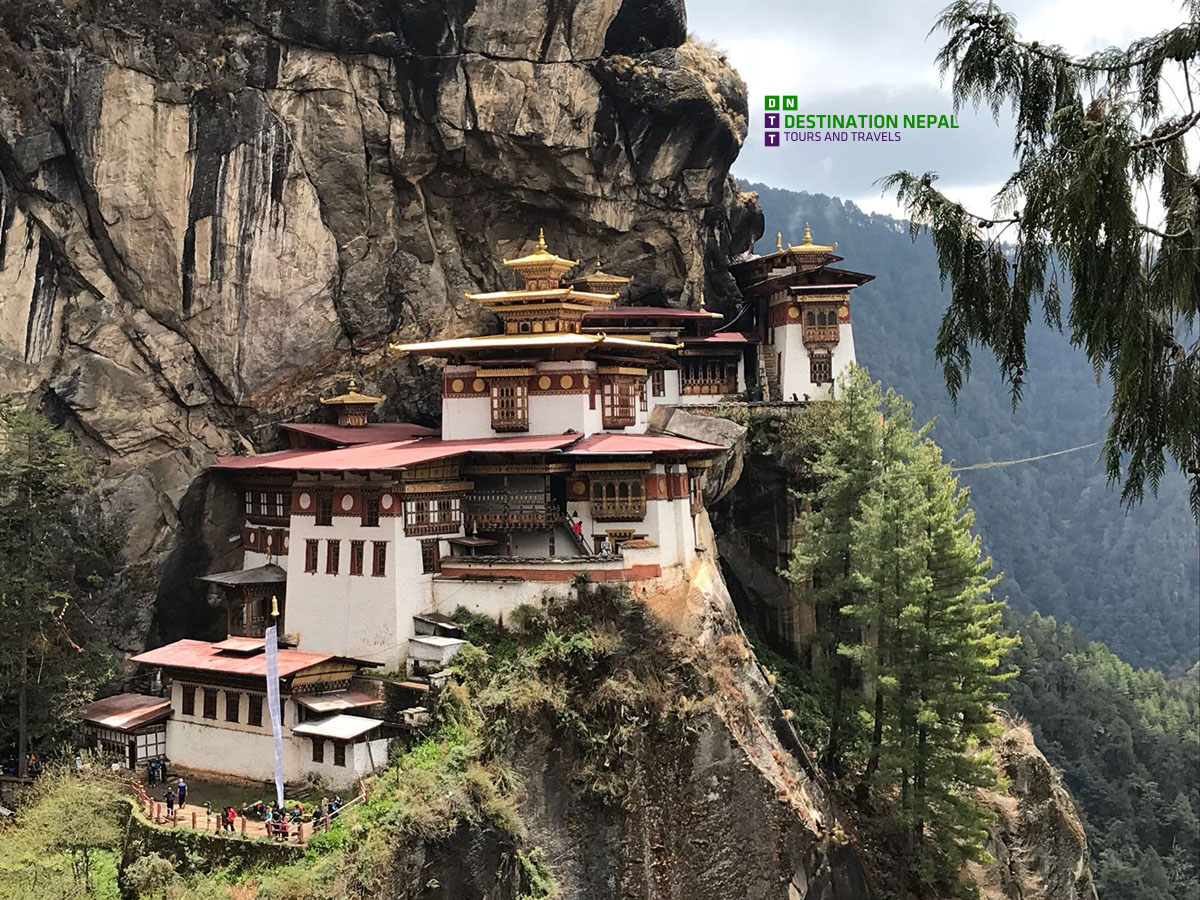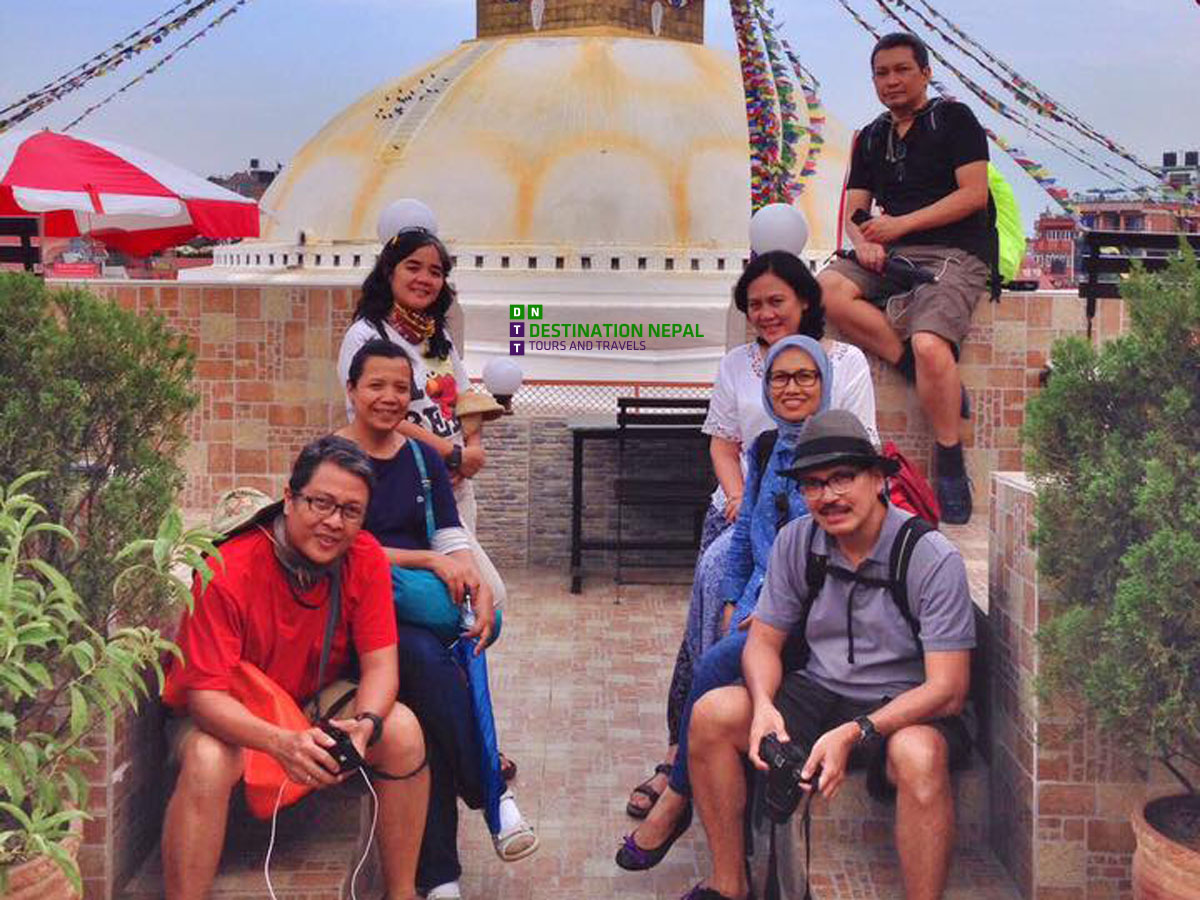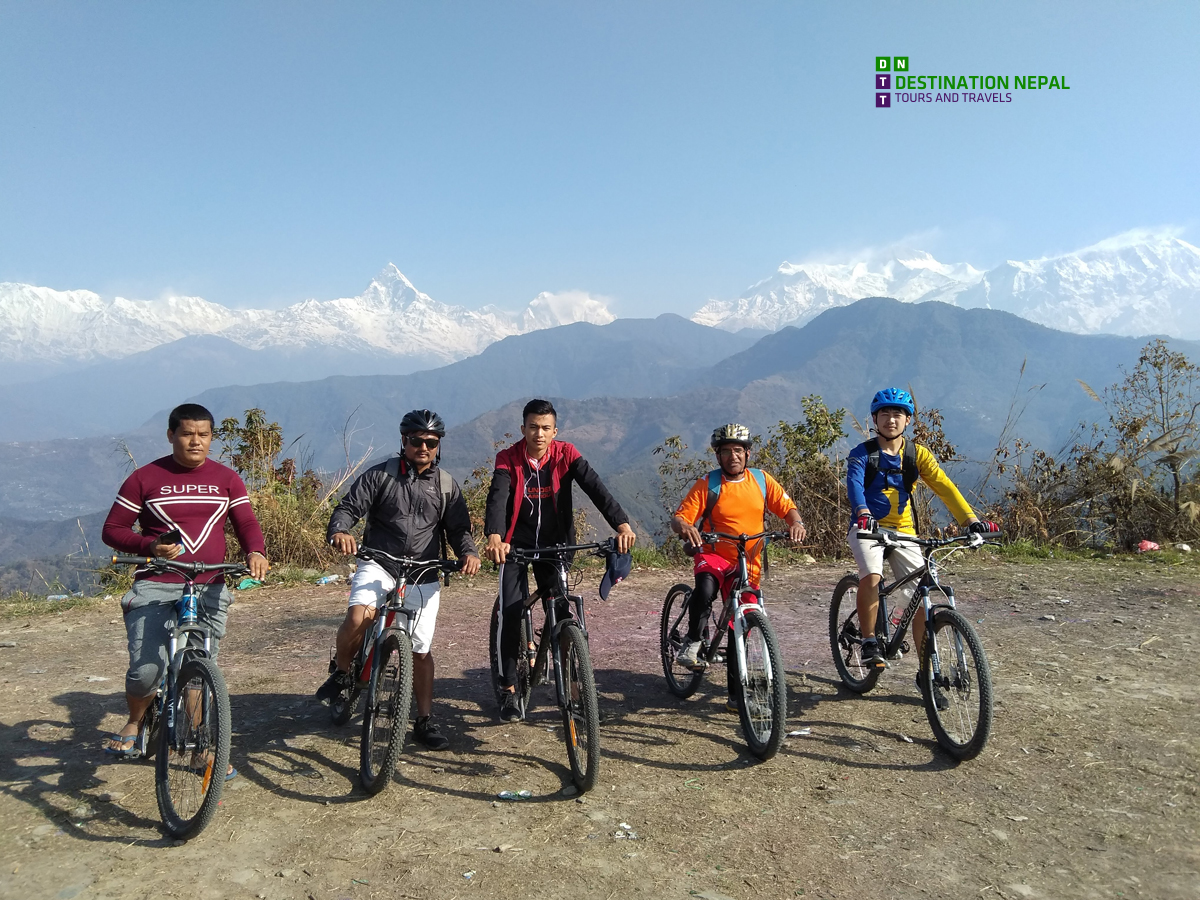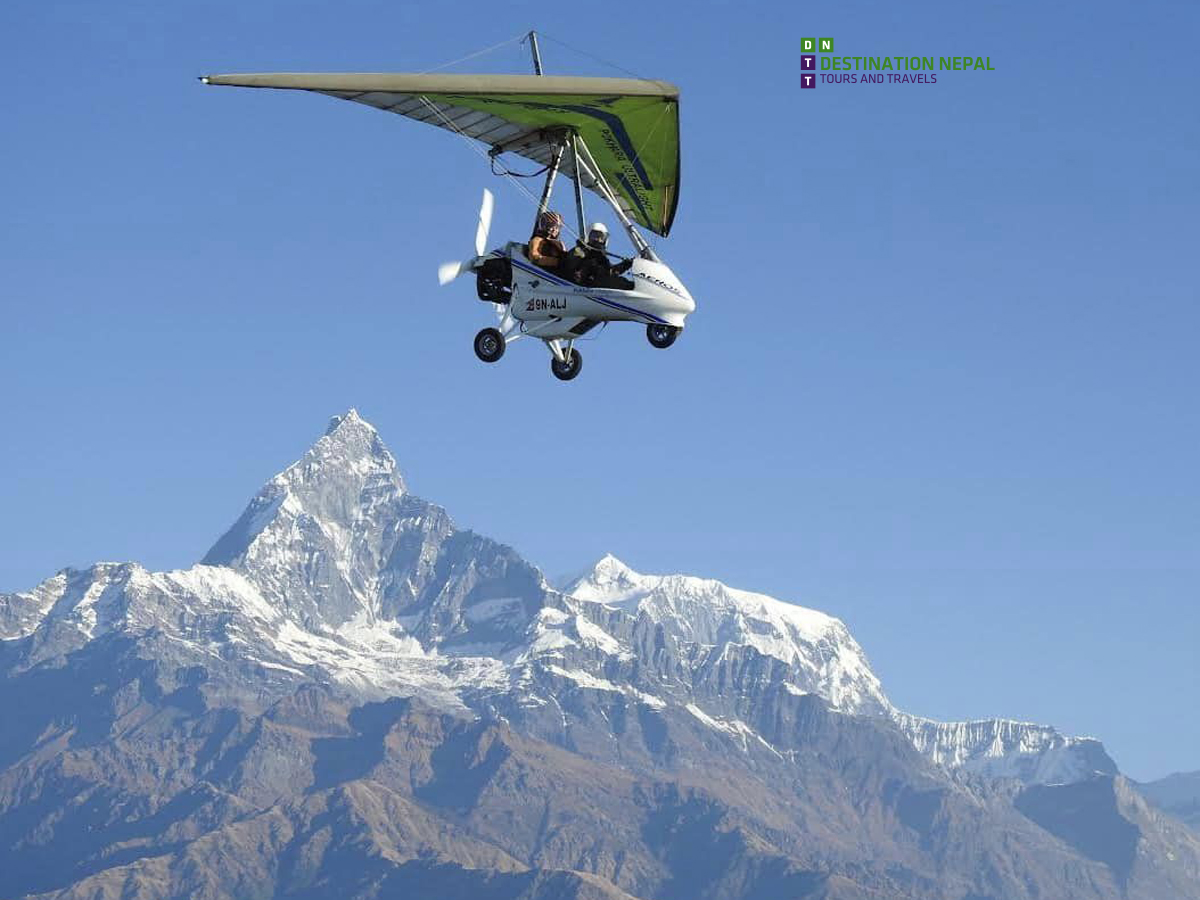Nepal
Honey Hunting Tour

Overview
“Twice a year high in the Himalayan foothills of central Nepal teams of men gather around cliffs that are home to the world’s largest honeybee, Apis laboriosa. As they have for generations, the men come to harvest the Himalayan cliff bee’s honey. The harvest ritual, which varies slightly from community to community, begins with a prayer and sacrifice of flowers, fruits, and rice. Then a fire is lit at the base of the cliff to smoke the bees from their honeycombs. From above, a honey hunter descends the cliff harnessed to a ladder by ropes. As his mates secure the rope and ladder from the top and ferry tools up down as required, the honey hunter fights territorial bees as he cuts out chunks of honey from the comb. “A chance to view and experience the traditional honey hunting harvest of the Gurung people.” The Bees Apis laboriosa and Apis dorsata are indigenous to the region and traditional methods of harvesting the honey on steep cliffs have remand unchanged for generations.
The introduction of non indigenous plant species and the European honey bee Apis melifera have put pressure on these local bees to compete, and they need to fly further and further to forage their preferred plant species. This along with over harvesting has resulted in the bees’ decline. The Himalayan Honeybees project for the international Center for integrated Mountain Development(ICIMOD) in Kathmandu has been actively involved in the sustainable management of honey hunting and work with the local communities to ensure the survival of the species. Tourism in this area helps communities protect the flora and fauna, and so gives the bees and local hunters a chance to co-exist and continue. The Blue Space will donate a percentage of profits from these trips to local communities who are actively involved and promoting ICIMOD ideas. There are great views of peaks Lamjung Himal, Manaslu, Hiunchuli, Buddha Himal and Annapurna second.
Following equipments are mostly used for honey hunting.
Prang (ladder)
Made from bamboo fiber, 70 meters long (depending upon the height of cliff) and 2 cm in diameter. The steps are made of wooden planks
Uab (Rope)
A kind of rope used for tightening the ladder to the tree trunk on the top of the cliff. It is made of bamboo fibber. Its length ranges from 5-10 meters depending upon the distance between tree trunk and the cliff
Pechho (Rope)
It is also a kind of rope used for hanging bamboo basket. It is made of Allo (Girardia diversifolia) fibber. Its length ranges between 50 - 70 meters
Korko/Tokari (Bamboo basket)
It is used for honey collection and is made of bamboo strips with the holding capacity of 20 liters
Chhyakal/ khaal( Basket linig)
Earlier lamb’s skin was used in the basket to prevent honey from leakage but plastic sheets are being used these days.
Tango/Ghochma (Stick)
A bamboo stick fixed with a sickle or wooden plate at one end, which is used for cutting combs during honey hunting. It is about 7 meters long depending upon horizontal distance between nest and cliff end
Saaton (Stick)
A bamboo stick similar to Tango but with notched end to fix the hook. It is also 7 meters long
Koili chho (Rope with hook)
A rope fixed with hook and made of locally available fiber materials. It is around 14 meters long and used for separating the brood portion from honeycomb
Koho chho (Fastening belt)
A rope used for fastening honey hunter to ladder for safety. It is made of local fiber materials
Chhora (Filter)
It is made of bamboo cortex for filtering honey
Donga (Wax pot)
It is made of wood and used for wax collection
Tuju( Rope)
It’s a rope being used to balance ladder by tightening in different points and positions.
Whibe( Rope)
A rope made from bamboo fivers and used for manipulating ladder’s direction and positioning from the ground.
Dabilo( wooden Knife)
Wooden or iron knife fixed to the one end of bamboo stick used for cutting brood combs.
Following are the most popular honey hunting destination in the lap of Nepal Himalayas:
